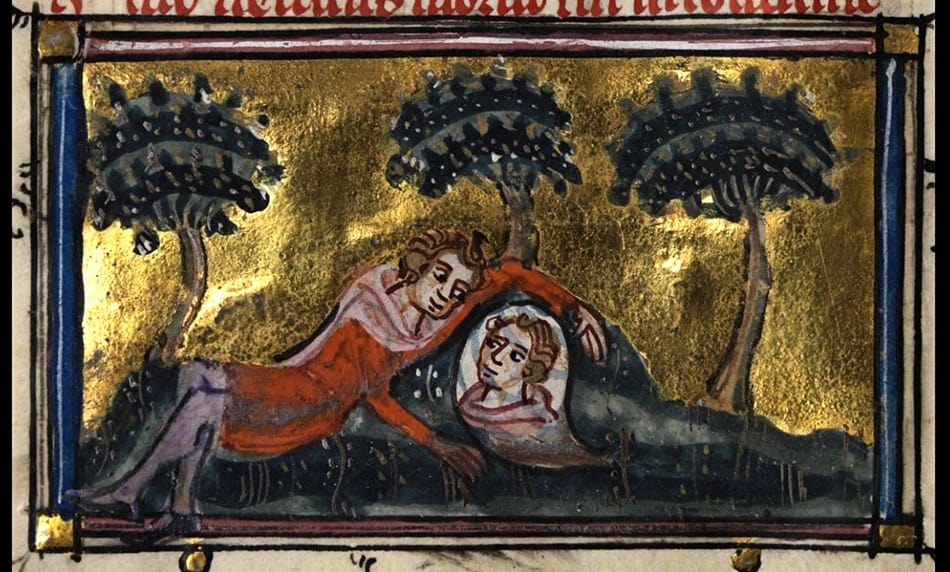The Utility of Ambiguity
Dina Brawer explores "certainty" and "doubt" in rabbinic tradition.
One Life to Live: Torah u-Madda Today
Sarah Rindner contemplates whether Torah u-Madda as it’s sometimes interpreted can engender unreflective allegiance to trends in contemporary society that might harm our religious communities.
Maimonidean Providence & Stoicism
Ariel Krakowski explores the connection between Maimonides and the Stoics.
Questioning Belief and Belief in Questions
Steven Gotlib reviews Raphael Zarum’s Questioning Belief: Torah and Tradition in an Age of Doubt.
Narcissus and the Nazir
Tzvi Sinensky explores the Talmudic version of the Roman myth of Narcissus
Philo of Alexandria and the Soul of the Torah
Philo of Alexandria may rightly be called the first systematic Jewish philosopher, yet for many centuries his work was totally unknown to Jewish audiences. Dovid Cambpell argues for his continued relevance to modern Judaism.
Prophecy is a Mitzvah
Alex Ozar analyzes the writings of R. Soloveitchik and several other contemporary Jewish thinkers to argue for the existence of a Mitzvah of become a prophet.
Endless Exploration: Judaism’s Only “Principle of Faith”
Hasdai Crescas criticized Maimonides for counting belief as a Mitzvah, arguing that we have no control over what we believe. Dovid Campbell explores a surprisingly common defense of Maimonides that places his views closer to those of Crescas than we might have initially imagined.
Chabon, Safran Foer, and the Great Jewish American Novel
Ari Hoffman explores the expansive visions of Jewish peoplehood embedded in two major, recently published novels
Gedolim Cards and the Commodification of Rabbi-Saints
Zev Eleff on a uniquely American Jewish "righteous commodity" Gedolim Cards



















 Site Operations and Technology by The Berman Consulting Group.
Site Operations and Technology by The Berman Consulting Group.